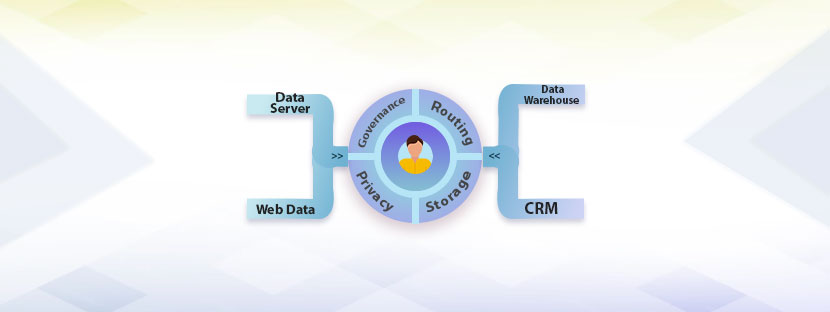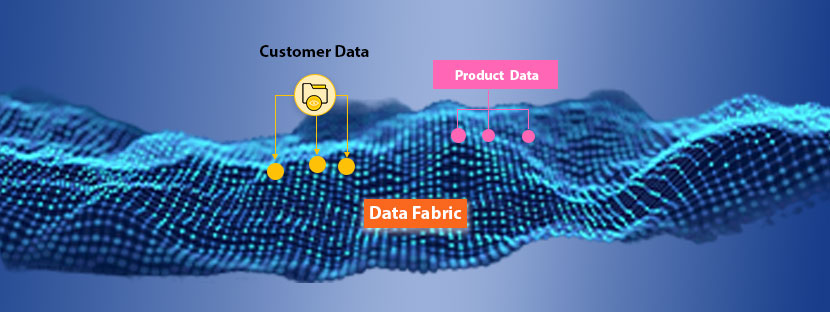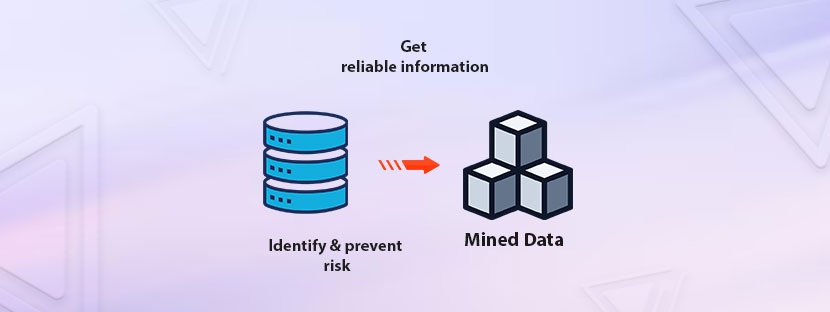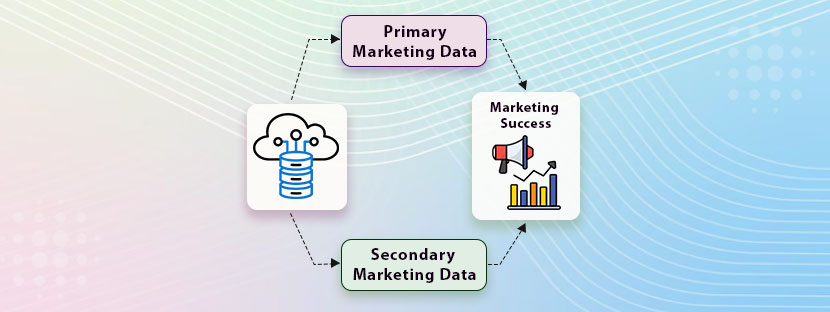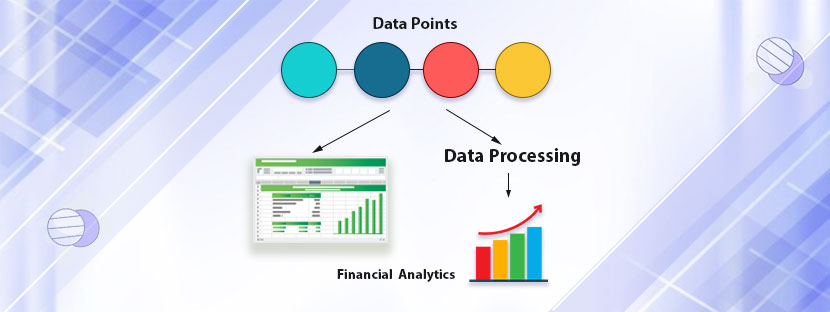Create a 360-degree view of your customers with Single Customer View (SCV) measures.
Therefore, you can have all the information about your customers at your fingertips. Creation of the SCV helps companies understand their customers more transparently than ever. That’s why you need to create it in order to know everything about your customers.
You would never miss cross-sell, upsell, or any selling opportunities once you get your customer under a 360-degree view. Let’s understand it in detail here.
Let’s understand how you can channelize all your B2B sales channels in this blog.
What is a single customer view (SCV)?
Unifying your customer datasets is the underlying reason for creating a single customer view. You can get a 360-degree view of your customers once you have created this. The process acts more like data consolidation, where all the data gets inserted into a single database to provide a trustworthy view of your customer.
A single customer view is a process of gathering everything about your prospects and then merging it into a single window. You can create this as a profile page in a customer data platform.
Basically, you can get a standardized set of information about your prospects and customers. Plus, you can make this information available for your extended team across your organization for collaboration. Importantly, you don’t need developer support to get a consolidated view of your customers.
From the core, having a unified customer is always better than knowing your customers. You can get your customer data, including their emails, phone numbers, and other contact details, in the SCV database. This effort can bring better performance to your organization and also help your marketing and sales team to deliver better & improved customer experiences.
Types of data you need to create SCV
An SCV is getting created after the merging of various sets of customer information spread across the internal sources. Not only marketing, but creating an SCV also helps in sales, product design, and various other things. Therefore, the type of data you need for your SCV also varies, depending on the users of the data.
In general, to create a single customer view, you need the following types of information
Contact Data: You need to have the contact details of your customers. Mainly, it includes every kind of data that helps you reach out to your customers. For example, emails, phone numbers, and addresses.
Activity and behavioral data: Users’ activity on different platforms, like websites or mobile apps, is being tracked during campaigns. It includes clicks, hovers, scrolls, time spent on page, form submissions, page visits, etc. Plus, it also covers product cart activities, abandonment, and other things.
Demographics: It covers crucial elements like age, race, gender, income, education, employment, etc.
Transactional Information: It includes numerical data related to purchases, orders, subscriptions, renewals, cancellations, and other types of data. This helps companies to understand the weightage of their customers’ purchasing capacity.
Consent preference: Users provide consent to receive promotional emails, texts, etc. So, in SCV, you can represent how your customer shared consent and how they rejected it for a better understanding of how the framework works.
Benefits of having a single customer view
Your data team is going to get the most benefits from a single customer view once you create that. Thereafter, your sales and marketing teams are the next to receive the most benefits of SCV. However, the benefits of SCV will spread across your organization.
Get customer insights: Businesses can get better insights about their customers. A single customer view provides a comprehensive view of your customers. It pulls customer data from contact information and provides enriched customer information.
Grow revenue: Tracking customer purchasing habits is possible via SCV. It empowers businesses to locate upsell and cross-sell opportunities. It showcases the shopping habits of the customers and their purchase history, too. Therefore, businesses can easily target customers based on their habits and market demographics. It provides more opportunities to grow and earn more revenue.
Better reporting: Make sure you initiate the data cleansing procedure before starting the SCV work. Working with clean data helps you reach your targeted audience with accurate details. You must always prefer having accurate datasets for better reporting and making your data actionable.
Fraud prevention: No same entry will come twice when you create a single customer view. The process itself diminishes double entries and potential threats from the customer records. Besides duplicate entries, it also removes inconsistency, poor formatting, and other bad segments from the data. During the process of preparing the SCV, it removes every potential threat from the system.
How to create a single customer view
Creating a CSV is a complex journey, and it requires verified processes to obtain information about your customers. Plus, it involves a data merging process to get all types of data together. One important but often neglected benefit of SCV is that it rids the data silos, especially from the customer databases.
To create a single customer view, here’s your path that you need to follow diligently
First, have a strategy
Nothing can be done perfectly without a strategy. To get a 360-degree view of your customer, you need to frame the strategy. Precisely speaking, you need to define he scope and purpose of your SCV project. Plus, you can involve the entire plan on how you are getting data from your customers, everything in this strategy.
Merge sources
Your customer data is probably spread across various locations. Probably in CRM, email database, or transactional database. At the time of SCV, everything is getting merged and integrated to become a single record. Having a consolidated database is the most accurate form of a single customer view.
Resolve customer identities
In the course of SCV preparation, you have to resolve customer data across multiple touchpoints, systems, and attributes. Identities like email addresses, login credentials, device IDs, etc, are getting involved in the process. Following the fundamental principle of data matching to resolve customer identities can serve to provide better results.

